When it comes to the world of construction and site preparation, transporting equipment like mini excavators efficiently is paramount. As a manufacturer of semi-trailers, we recognize that optimizing logistics can save time and costs while enhancing productivity. This article dissects the critical question: Can a mini excavator fit in a dump trailer? While this may seem straightforward, a variety of factors will influence the answer, and understanding these nuances will inform your project planning and equipment management.
Understanding Mini Excavators
What is a Mini Excavator?
Mini excavators are compact, efficient machines used primarily for digging, grading, and site preparation. Generally weighing between 1,500 and 10,000 pounds and featuring a swinging arm and a bucket, their versatility makes them ideal for residential and commercial projects.
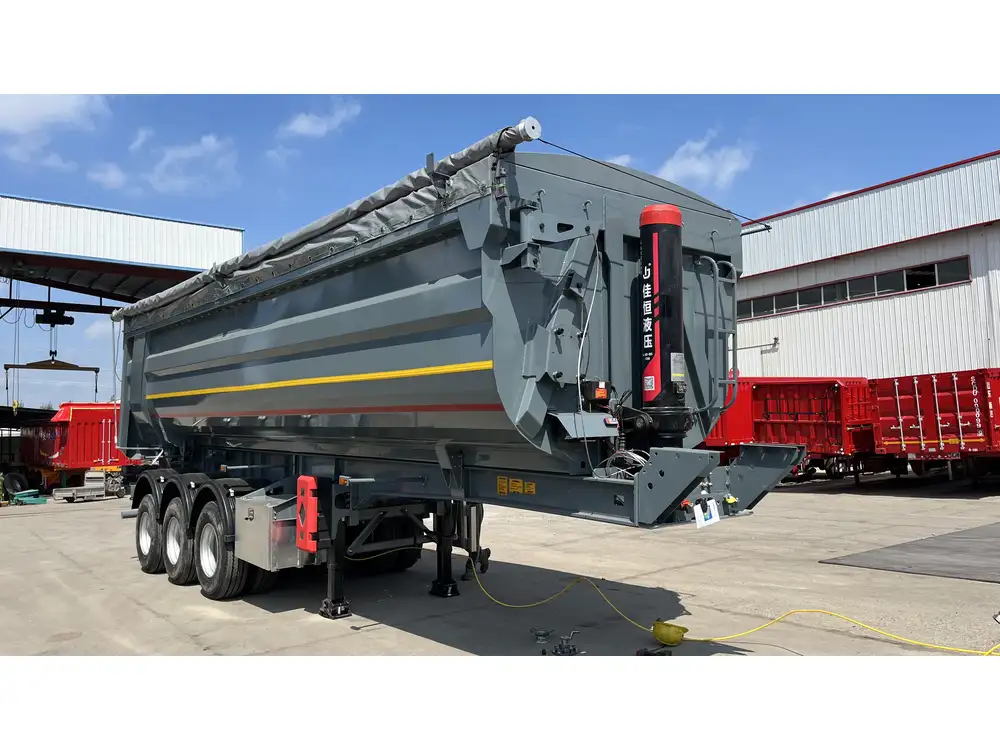
Key Specifications
Before evaluating their compatibility with dump trailers, let’s explore their standard dimensions and specifications:
| Category | Details |
|---|---|
| Weight Range | Typically 1,500 to 10,000 lbs |
| Width | Average width: 2.5 to 4.5 feet |
| Length | Average length: 7 to 11 feet |
| Height | Average height: 8 to 10 feet |
| Bucket Size | Varies: 12 to 24 inches |
This provides a baseline for assessing how these machines can be transported.
Exploring Dump Trailers
What are Dump Trailers?
Dump trailers are versatile trailers designed for the efficient transport of bulk materials like soil, gravel, and debris. They are equipped with a hydraulic lift system, allowing the trailer bed to tilt and facilitate unloading.

Key Features of Dump Trailers
To comprehend whether a mini excavator can fit into one, consider the following specifications:
| Category | Details |
|---|---|
| Weight Capacity | Ranges from 5,000 to 20,000 lbs |
| Dimensions | Length: 10 to 16 feet |
| Width | Typical width: 6 to 8 feet |
| Load Height | Generally 3 to 4 feet |
These characteristics dictate the load bearing and spatial arrangement for transporting heavy machinery.
Compatibility Between Mini Excavators and Dump Trailers
Dimensions and Clearances
When assessing whether a mini excavator can fit inside a dump trailer, you must consider the specific dimensions of both the excavator and the trailer. For example, if your mini excavator is 7 feet long and 3.5 feet wide, you need to ensure the internal dimensions of the trailer accommodate these measurements with some room for maneuverability.
Example Compatibility Check:
- Mini Excavator Dimensions:
- Length: 8 feet
- Width: 4 feet
- Dump Trailer Dimensions:
- Length: 12 feet
- Width: 6 feet
In this scenario, the mini excavator fits comfortably, provided the height of the excavator does not exceed the dump trailer’s height limit.
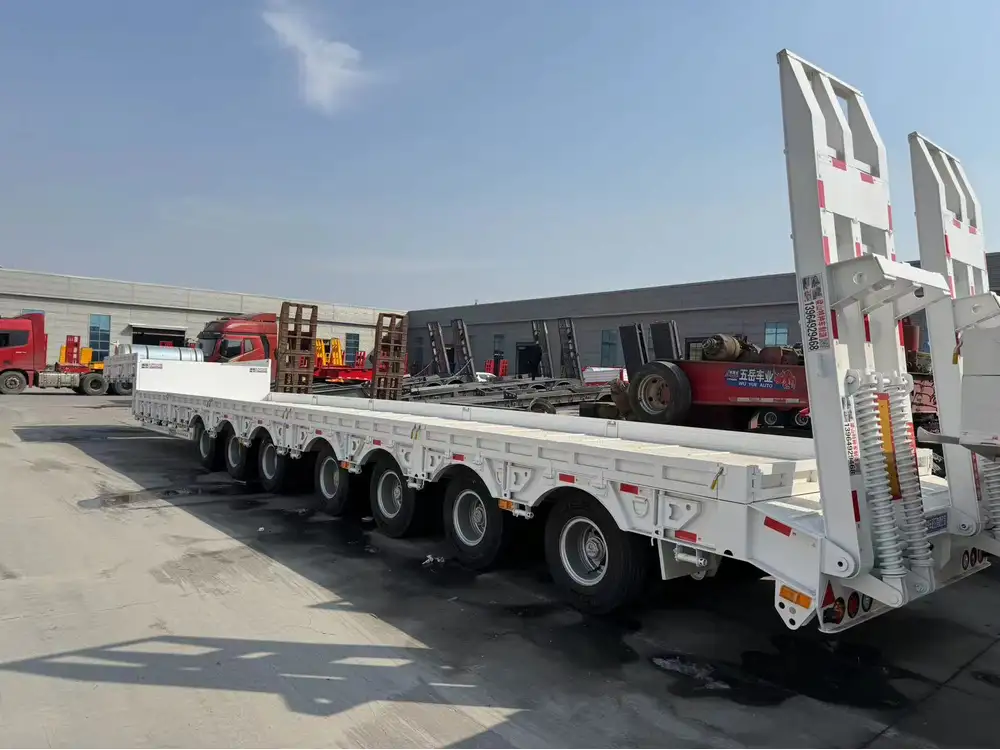
Weight Considerations
Even when dimensions align, weight capacity is a critical aspect. If a dump trailer has a weight limit of 7,000 lbs and the mini excavator weighs 8,000 lbs, it cannot be safely transported using that trailer.
Tilt and Ramp Considerations
Another factor influencing compatibility is how the equipment is loaded and unloaded. Most dump trailers have a low bed which allows for a gentle incline. Adequate ramps should be considered; they enhance loading and unloading processes. Ensure that:
- Ramps are rated for the equipment’s weight.
- The angle of the ramp is manageable for the mini excavator.
Practical Examples

Example 1: Standard Mini Excavator
Let’s consider a standard mini excavator weighing 5,500 lbs and measuring 7.5 feet in length and 3.75 feet in width, along with a dump trailer with a weight capacity of 10,000 lbs, measuring 12 feet in length and 7 feet in width.
Analysis:
- Dimensions: Fit comfortably in terms of length and width.
- Weight: Within the weight capacity of the trailer.
In this case, transporting the mini excavator is feasible.
Example 2: Compact Model
Now consider a lighter compact model weighing 3,000 lbs, stretching 5 feet long and 3 feet wide, fitted into a smaller trailer rated for 5,000 lbs and 9 feet in length.
Analysis:
- Dimensions: Possibility of a good fit, ample space with room to spare.
- Weight: Perfectly within the load limit.
This would also facilitate easy transport across distances.
What Happens When It Doesn’t Fit?
In scenarios where the dimensions or weight exceed the trailer’s specifications, alternative transport solutions must be considered. These may include:
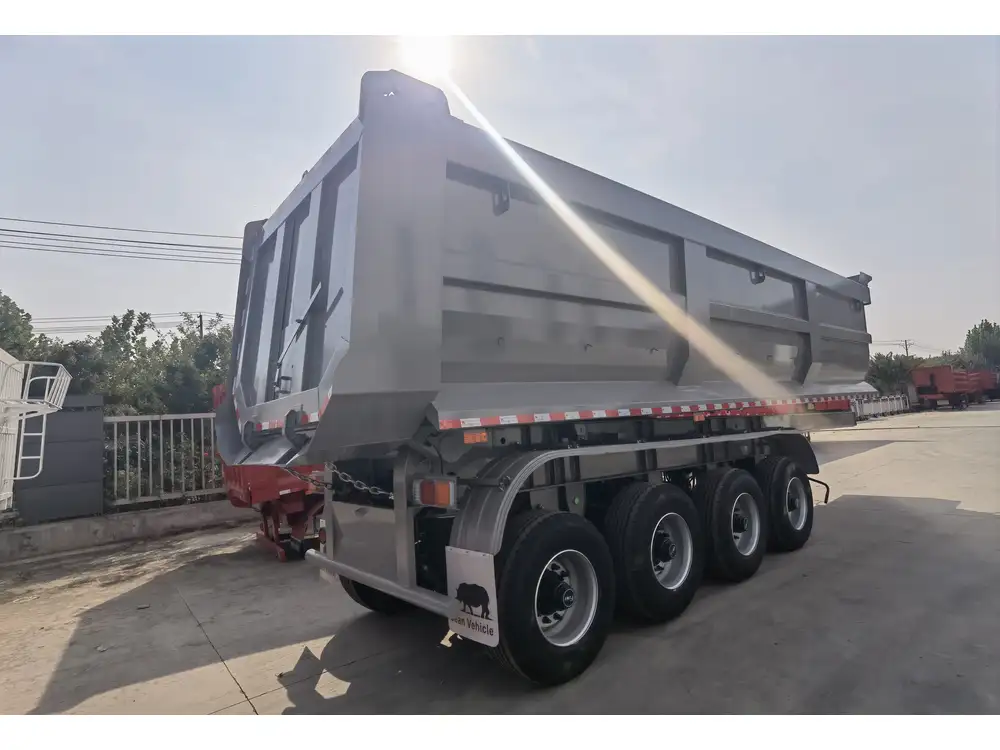
Alternative Solutions
- Flatbed Trailers: Ideal for transporting larger machinery without height restrictions.
- Lowboys: These trailers provide a lower center of gravity, suitable for taller equipment.
- Standard Trucks: Powerful flatbed trucks enable multi-equipment transport.
Loading Techniques
If a trailer is marginally undersized, loading strategies may optimize available space. Effective techniques could include:
- Utilizing Adjustments: Disassembling non-essential parts (like the bucket) can facilitate fit.
- Strategic Positioning: Load the excavator at an angle within the trailer for maximum space utilization.
FAQs: Addressing Common User Concerns
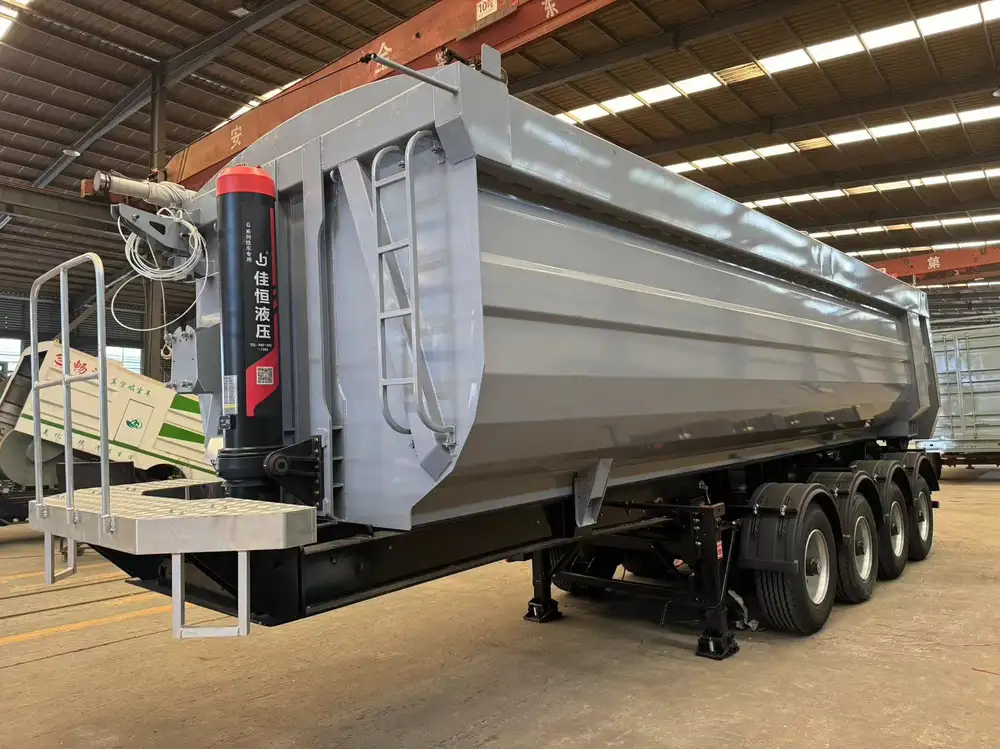
Can I Load Multiple Mini Excavators?
Loading multiple mini excavators will depend heavily on the weight capacity and dimensions of your dump trailer. It is essential to perform thorough calculations for both weight distribution and stability.
Are there Specific Dump Trailers for Mini Excavators?
There are specialized trailers for mini excavators that have been designed for safe and secure transport. These often feature adjustable ramps and specific weight ratings.
What Should I Consider for Long-Distance Transport?
For long-distance transport, consider:
- Load Securing: Utilize quality straps and chains to secure the mini excavator.
- Trailor Surface: Ensure the trailer surface is non-slip to avoid movement during transport.
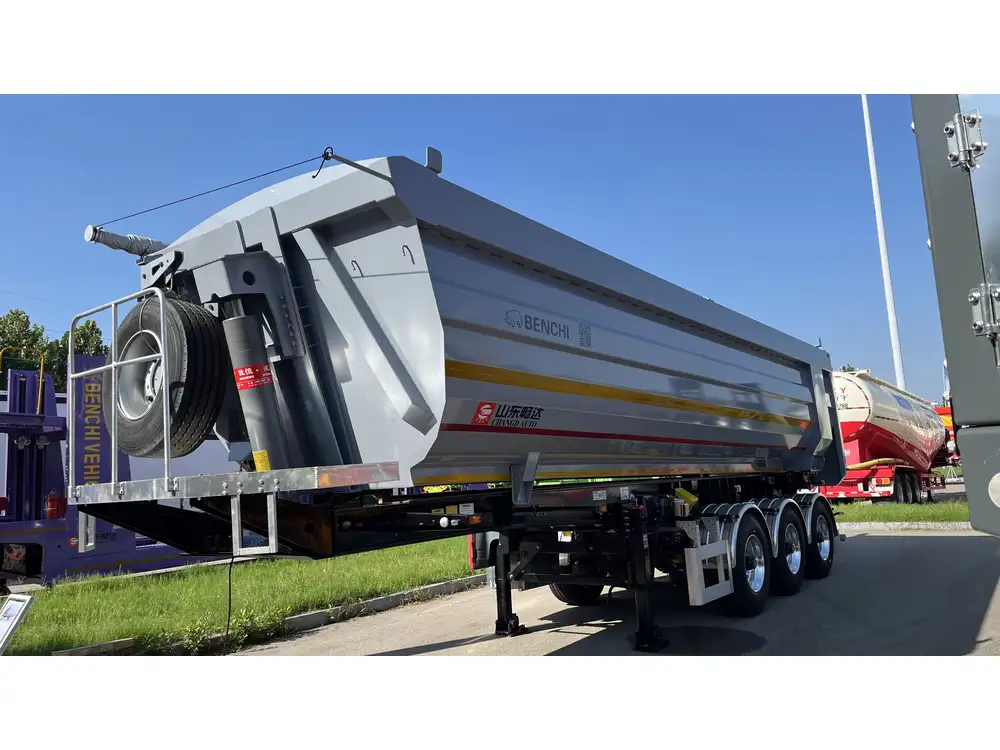
Is It Worth Hiring Professional Transport Services?
Depending on your equipment’s size, weight, and transport distance, professional transport services can ensure a safer, more efficient delivery. They possess specialized equipment and expertise.
Conclusion: Making Informed Decisions
Successfully transporting a mini excavator in a dump trailer requires careful consideration of dimensions, weight, and logistical implications. By performing detailed assessments of both the excavation machinery and the chosen trailer, users can optimize their undertakings, ensuring they achieve smooth operations and enhanced project execution.
In a world where time and efficiency dictate success, understanding the compatibility between equipment and transport options could mean the difference between profitability and loss. Whether you opt for a dump trailer, flatbed, or specialized transport service, informed choices lead to better results in construction and beyond.
Armed with this information, we are confident that you will make the best decisions for your construction needs. Remember to calculate, measure, and consider thoroughly before embarking on your next equipment transport adventure.



